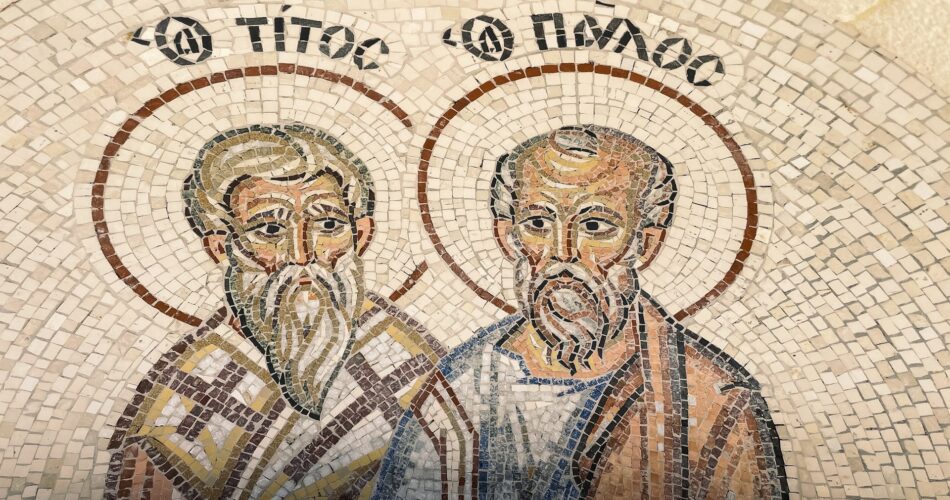Burial Site Clue May Rewrite Early Christian History
Archaeologists excavating Tel Malhata in Israel’s Negev Desert have uncovered three early Christian graves containing rare bone and ebony figurines. These figurines, which display distinctly African features, may be the first of their kind found in Israel or surrounding regions. The discovery suggests that the individuals buried there could have been African, possibly Ethiopian, converts to Christianity who migrated to the area during the Byzantine era. The burial goods and style indicate Christian practices, while the figurines hint at a continued connection to ancestral traditions.
The graves, dating to the 6th or 7th century A.D., included two women and a child, all buried with various items such as alabaster jars, glass vessels, bronze jewelry, and the figurines. One of the women and the child had similar ebony pendants, leading researchers to believe they may have been related. The figurines, particularly those made from ebony, are considered highly unusual in the Levant and indicate long-distance trade. The ebony was identified as a species native to India and Sri Lanka, suggesting that such materials were transported through established trade routes.
Tel Malhata was an important settlement located at the crossroads of major trade routes connecting the Red Sea, Judea, Jerusalem, and Arabia. This strategic location likely facilitated the arrival of luxury goods, including spices, silk, and exotic woods like ebony. Excavations have revealed that the site functioned as a Roman-era fortified town and later as an administrative hub. The recent discovery adds a unique dimension to the site’s history by providing evidence of cultural diversity and mobility in the region during the Byzantine period.
Although no DNA could be recovered from the remains to confirm the individuals’ origins, the researchers argue that the combination of African-style artifacts, Christian burial customs, and historical context strongly supports the theory of African, possibly Ethiopian, migration. The presence of the figurines, possibly used as personal or spiritual items, also indicates the preservation of cultural identity even after religious conversion.
Additionally, the archaeologists observed that grave goods varied by gender at the site. Women were commonly buried with personal items, while only a few men had burial offerings, suggesting differences in burial customs based on age, gender, or social status. Overall, the find highlights how ancient communities in the region were shaped by religious change, long-distance movement, and cultural integration.
